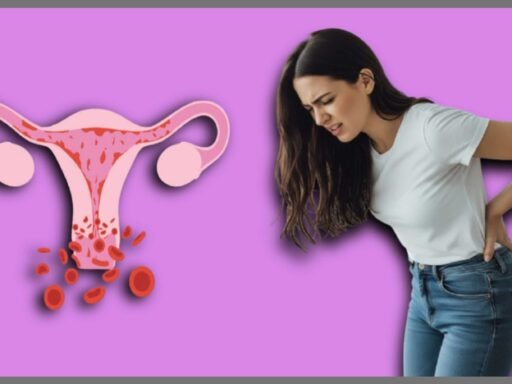Introduction to Fertility Tracking
Fertility monitoring has revolutionized family planning. By learning to monitor your body’s natural cycles and fertility signs, you can readily enhance your chances of having a baby or successfully practicing natural family planning. Fertility tracking nowadays combines old methods with the latest technology to offer an all-in-one system for reproductive health monitoring.
Successful fertility monitoring can significantly increase conception rates, recent evidence has demonstrated.
Fertility awareness methods may be as high as 91-99% effective at preventing or conceiving pregnancy with perfect use, as studies have demonstrated.
This reduces to about 76% when used with typical use, so you should be adequately trained in these methods prior to using them exclusively.
Ovulation Prediction Kits: Your First Step to Fertility Tracking
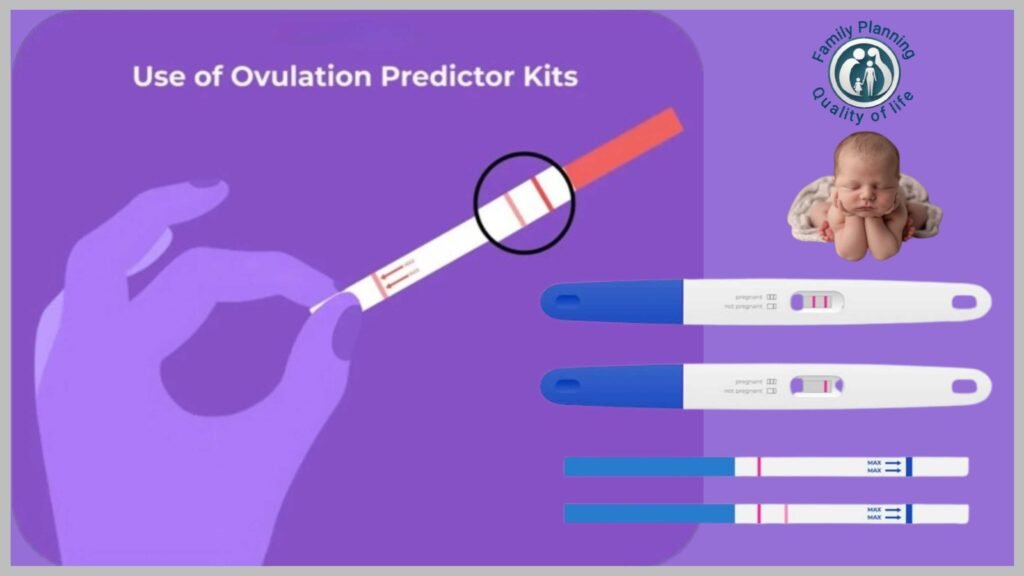
Ovulation predictor tests (OPKs) are still one of the simplest and most reliable ways to determine your fertile window.
OPKs measure the luteinizing hormone (LH) surge that happens around 24-36 hours before you ovulate, which alerts you to when your most fertile days are.
How OPKs Work
OPKs employ a basic urine test to identify high levels of LH. When your LH surge, the test line is the same as or darker than the control line, and ovulation should take place within a day or two.
This prediction provides couples with useful information about the optimal time for intercourse to achieve the highest conception rates.
Accuracy of OPKs
Recent studies have shown that high-quality ovulation predictor kits are extremely accurate, and more importantly, studies have proven that:
- 99% success rate in locating LH using urine tests
- 82-88% of tests that accurately detect ovulation within 24 hours of its occurrence
- 89-96% accurately forecasting ovulation within two days.
However, it should be mentioned that OPKs occasionally provide false results, especially in women with polycystic ovary syndrome (PCOS) or other endocrine conditions that lead to abnormal LH patterns.
Also read: https: Family Planning: A Wise Choice!
Fertility Tracking Apps: Technology for Your Fertility Journey

In 2024, fertility apps are extremely sophisticated, employing algorithms and artificial intelligence to predict fertility windows with very high accuracy rates.
Best Fertility Tracking Apps in 2025
The market for fertility apps has evolved a great deal, and some good options are:
- Clue Period & Cycle Tracker- Best overall for overall period tracking and fertility predictions
- Flo Period & Ovulation Tracker- Ideal for women with irregular menstrual cycles.
- Glow – Offers adaptable tracking features and decent community support.
- Fertility Friend – Offers personalized cycle analysis with in-depth charting functionality.
- Ovia Fertility & Cycle Tracker- One of the top free full options
These apps monitor several data points like period dates, basal body temperature, cervical mucus changes, and other symptoms to calculate your window of fertility.
The Natural Cycles app, which is FDA-approved as a method of birth control, has been shown to be 98% effective with perfect use and 93% effective with typical use.
Cycle Syncing for Fertility: Tuning into Your Natural Cycles
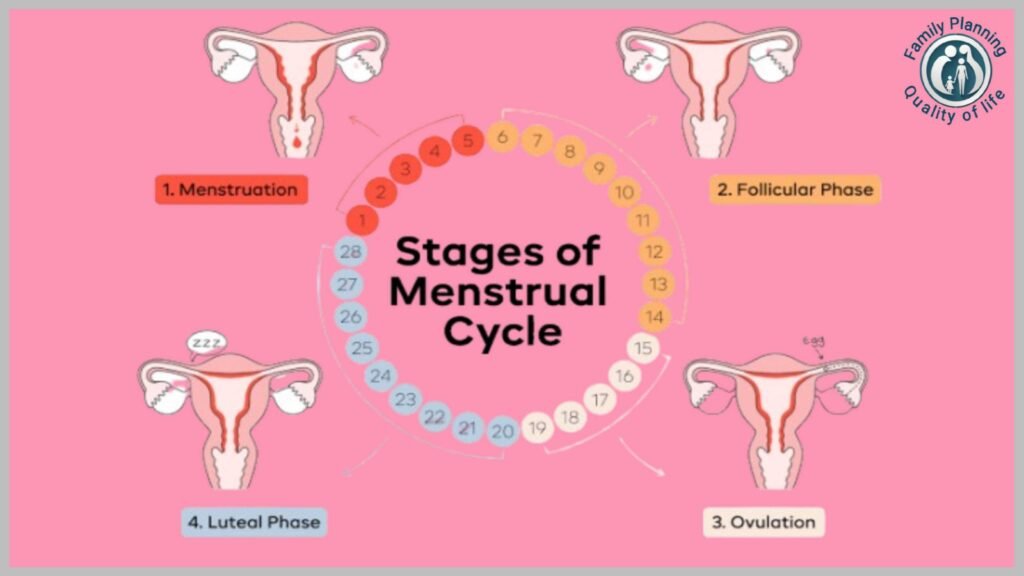
Cycle syncing is a new way to increase fertility by aligning your daily habits—such as eating, exercise, and sleeping—according to your menstrual cycle’s four phases.
What is Cycle Syncing?
Cycle syncing is staying in tune with the four major stages of your menstrual cycle—menstrual, follicular, ovulatory, and luteal phases—and synchronizing your activities for balancing nourishing hormonal balance and reproductive health.
Benefits to Fertility
Some possible benefits of cycle syncing for fertility from the research are:
- Enhanced hormonal balance by eating and exercising according to phases of the cycle.
- Enhanced energy management during your cycle
- Reduced premenstrual symptomatology that would interfere with the timing of conception
- More knowledge of your fertile window
- Enabling a more balanced hormonal climate required for fertility
For instance, when you are in your follicular phase, intense exercise works, but in the luteal phase, gentle exercises such as walking and yoga can better help in hormonal balance. Likewise, taking some nutrients at various phases can help in optimal hormonal functioning.
Also read: Natural Family Planning: 6 Fertility Secrets
Biomarker Tracker Devices: A Glimpse into Future Fertility Measurement
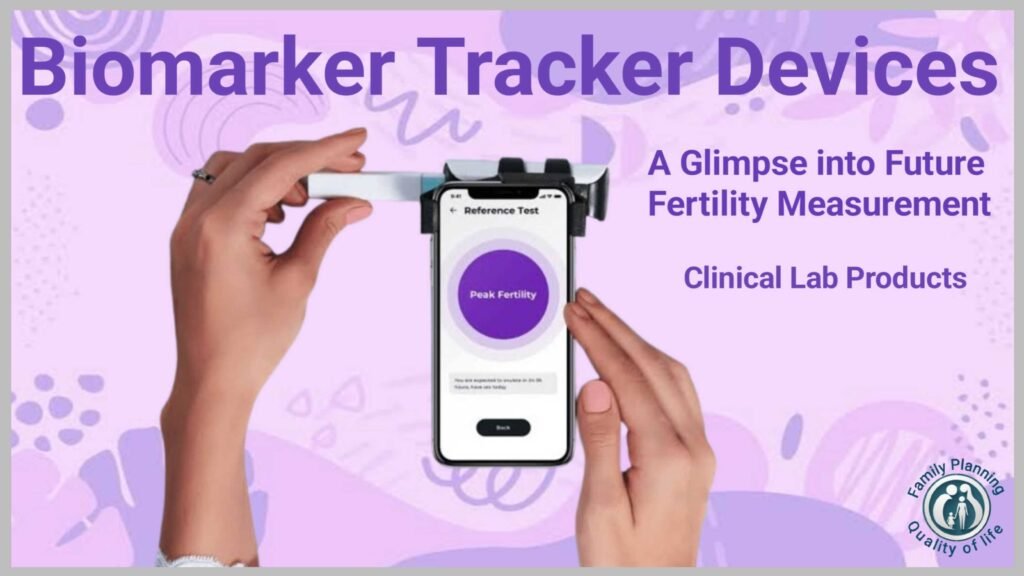
High-technology biomarker monitoring devices are the newest in fertility monitoring, with lab-quality accuracy at your fingertips in the convenience of your own home.
Top Biomarker Monitoring Devices
A number of sophisticated devices have led the way in biomarker monitoring:
- Mira Fertility Tracker- The most advanced over-the-counter fertility tracker that tracks real hormone levels of LH, estrogen (E3G), progesterone metabolite (PdG) and FSH to laboratory accuracy. The device reports real numerical hormone values rather than simple positive/negative tests.
- Kegg Fertility Monitor- A groundbreaking device that tracks changes in cervical fluid electrolytes using a sensor placed in the vagina. It is used only 2 minutes a day and gives fertility predictions based on cervical fluid changes.
- OvuSense- A sensor in the vaginal canal that monitors core body temperature at night with 99% accuracy for determining ovulation and 89% accuracy for forecasting.
- Inito Fertility Monitor- An extensive in-home hormone testing kit that monitors four of the most important hormones: estrogen, LH, PdG, and FSH, giving precise information about your hormonal cycle.
- Clearblue Fertility Monitor- A highly accurate product that tracks both LH and estrogen metabolites to display up to 6 fertile days per cycle.
These instruments have transformed fertility monitoring by providing quantifiable data about hormonal alteration during the cycle, removing much of the guesswork involved in earlier techniques.
Fertility Charting Templates: Chart Your Fertility Journey

Fertility charting is still useful for tracking reproductive health, even more so as a combination measure with other strategies. Computer and paper forms assist in sorting out and viewing information effectively.
Types of Fertility Charts
There are several charting alternatives available:
- Basal Body Temperature (BBT) Charts- Take morning daily temperature to identify the increase that follows ovulation
- Symptothermal Charts- Use BBT with cervical mucus observation
- Digital Charting Templates- Available through fertility apps or downloadable spreadsheets.
- Printable Paper Charts- Conventional paper charts by organizations such as Fertility Awareness Method or Taking Charge of Your Fertility
Working with Charts Effectively
When graphing fertility:
- Check daily at regular times for proper monitoring.
- Track several fertility signs for more accuracy
- Examine trends over different cycles
- Consider environmental factors to take into account while interpreting readings.
Accurate charting can alert you to patterns in your cycle that otherwise might slip by you, providing you and your healthcare provider with valuable information.
BBT Thermometer Tips for Accurate Fertility Tracking
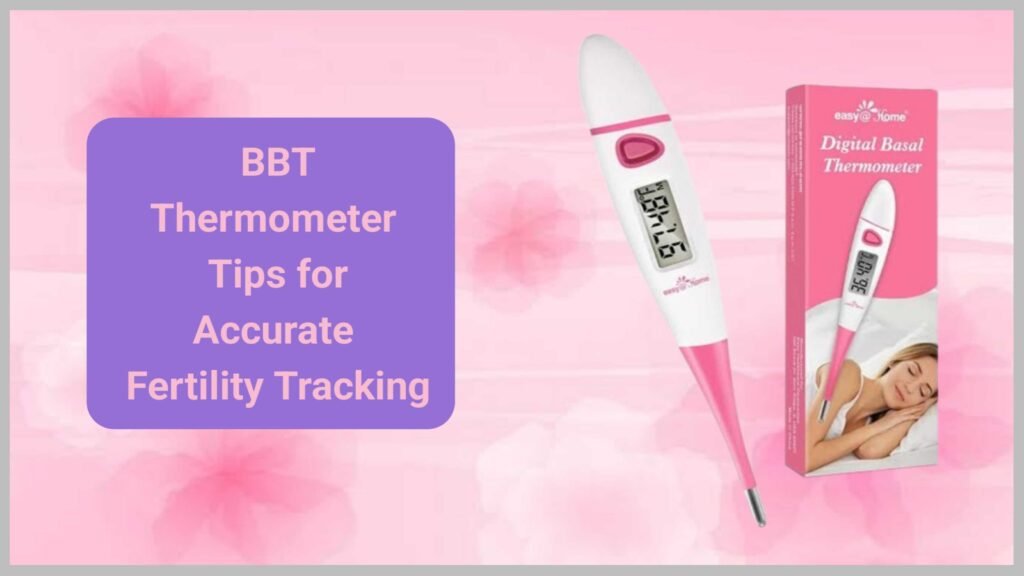
Basal body temperature (BBT) monitoring continues to be the cornerstone of fertility awareness methods, and good thermometry is merely a matter of using the proper thermometer to provide a correct reading.
What to Look for in a Quality BBT Thermometer
A good BBT thermometer should:
- Record temperature to 1/100th degree (two decimals)
- Be a consistent basal temperature thermometer
- Take consistent, reproducible measurements
- So that temperatures in the past can be plotted easily on the graph by storing
Top BBT Thermometer Picks
- Tempdrop- Worn as a sensor for tracking nighttime temperature, not waking up at the same time every morning
- iProven BBT-113Ai – A digital thermometer with stored history temperatures and a glow-in-the-dark mode to read at early morning times.
- Easy@Home Smart Basal Thermometer- Syncs with smartphone apps for automatic recording of temperature and charting
- Vinca II Femometer- Features silent vibration alarm and has an accompanying app
- Daysy- A fertility tracker that includes BBT along with algorithm-based fertility predictions
Both Basal body temperature (BBT) monitoring with a sensitive thermometer enables one to observe the slight post-ovulation temperature changes (usually 0.5-1.0°F) that verify ovulation has occurred and enable you to predict your fertile window for upcoming cycles.
Also read: A Comprehensive Guide to Contraception Methods (2025)
Integrating Techniques to Achieve Maximum Fertility Monitoring Success
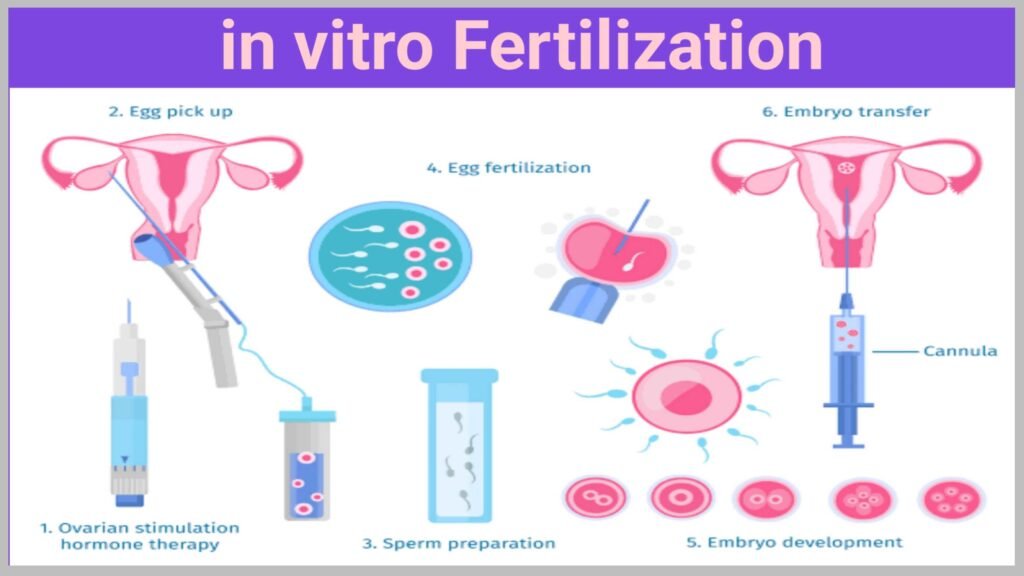
While each fertility tracking method has its advantages, employing a couple of them in combination is generally the most accurate and complete picture of your fertility.
Good Combinations
These are some successful combinations:
- Basal body temperature recording with cervical mucus testing (also called the symptothermal method)
- Fertility app + biomarker tracking device
- Ovulation predictor kits + cycle syncing
- BBT thermometer + fertility charting templates
By monitoring multiple indicators of fertility at once, you get a more thorough understanding of your reproductive health and are better able to pinpoint your fertile window.
Conclusion Fertility monitoring has come a long way from basic calendar systems, to high-tech hormone-tracking devices and computer programs. Whether you are trying to conceive or using natural family planning, it’s learning about your own body’s signs of fertility that empowers you to take control of your reproductive life.
By adding ovulation predictor kits, fertility tracking apps, cycle syncing routine, biomarker tracking tools, fertility charts print templates, and good quality BBT thermometers to your fertility awareness system, you’ll sail through your reproductive life feeling confident and certain.
Keep in mind that each woman’s body is different, and the right combination of fertility monitoring techniques may require trial and error and patience. Talk to a health care provider skilled in reproductive medicine about the possibility of creating a personalized system of fertility tracking to develop one that is best for you.
Note: Please consult a doctor (gynecologist) for any kind of precaution.




